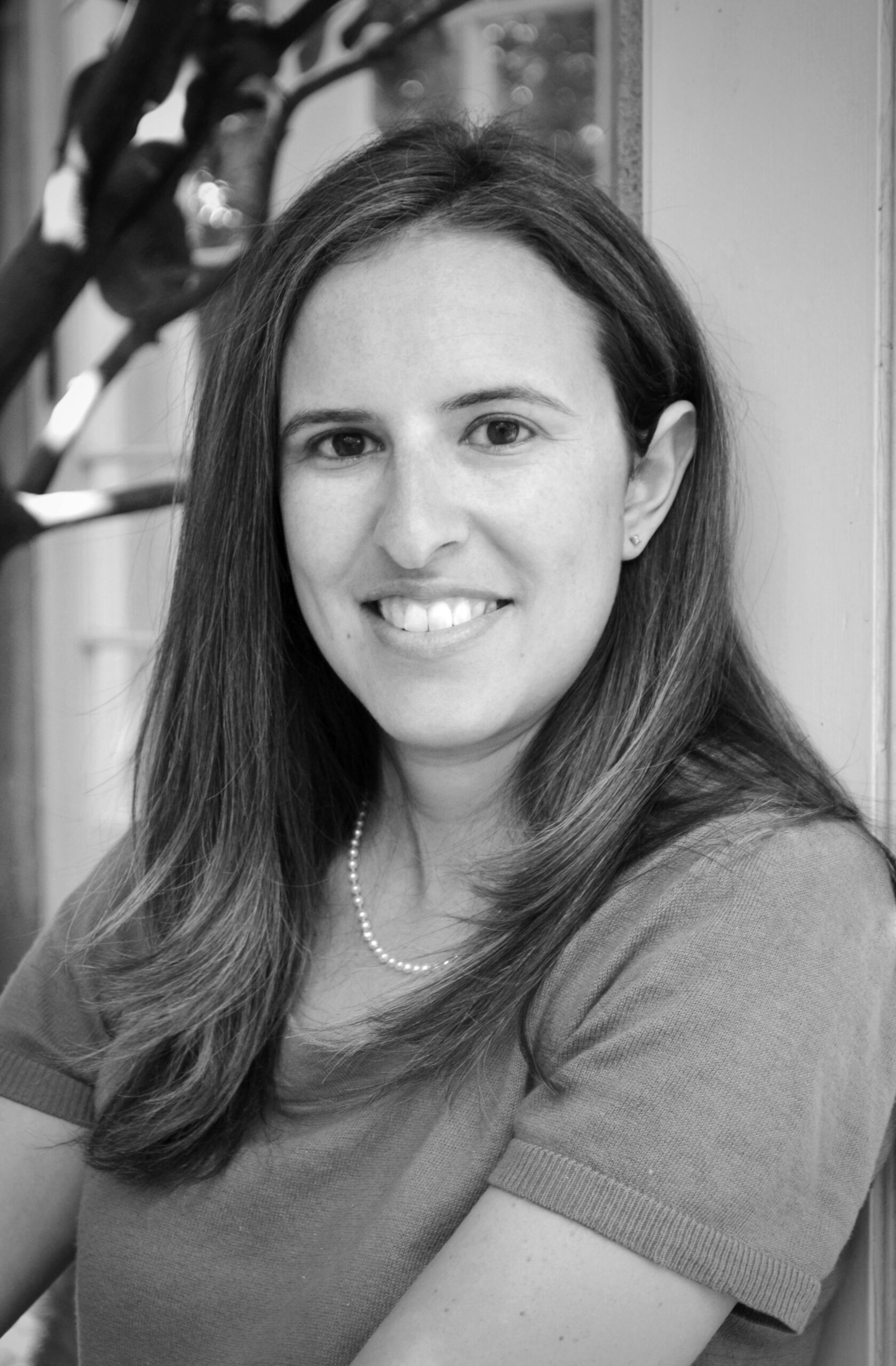Interview with Jen Manion, 2016 Mary Kelley Book Prize Winner
Jen Manion is Associate Professor of History at Amherst College. Manion’s book, Liberty’s Prisoners: Carceral Culture in Early America, was the inaugural winner of SHEAR’s Mary Kelley Book Prize. The Republic (TR): For those who haven’t read your book, would you provide a synopsis? Jen Manion (JM): The book examines the origins of the penitentiary system in… Read More

